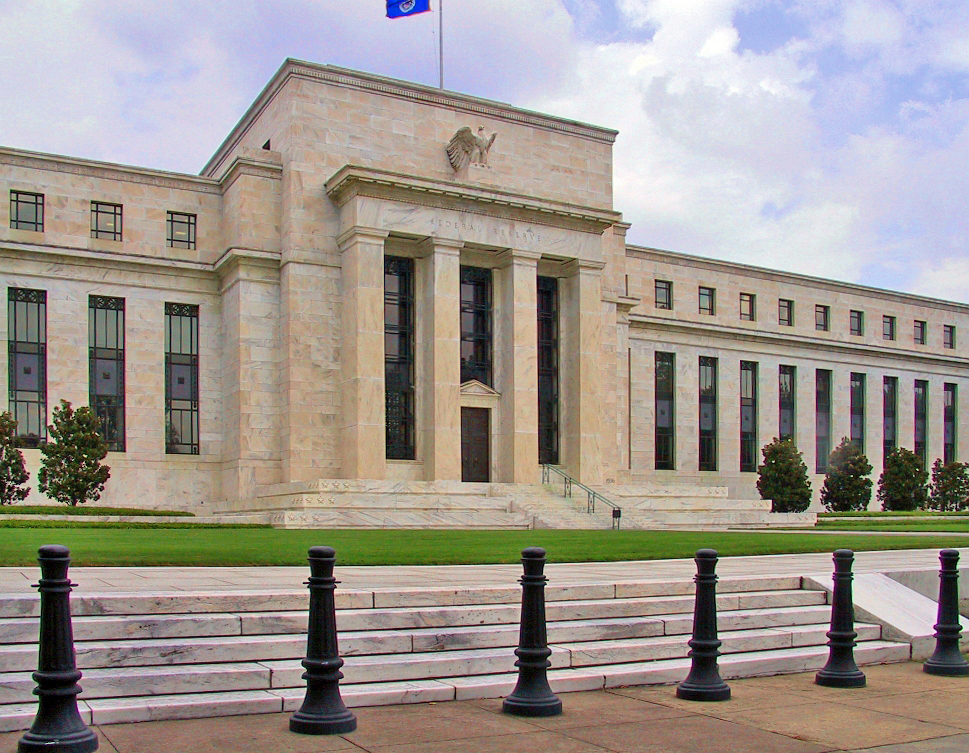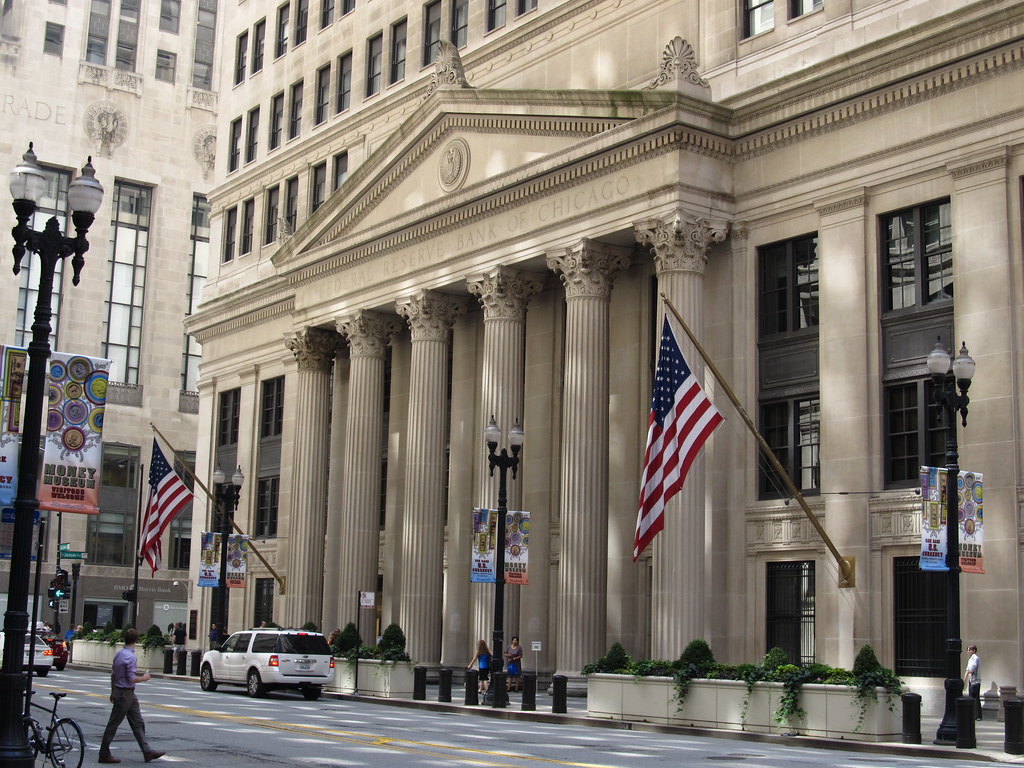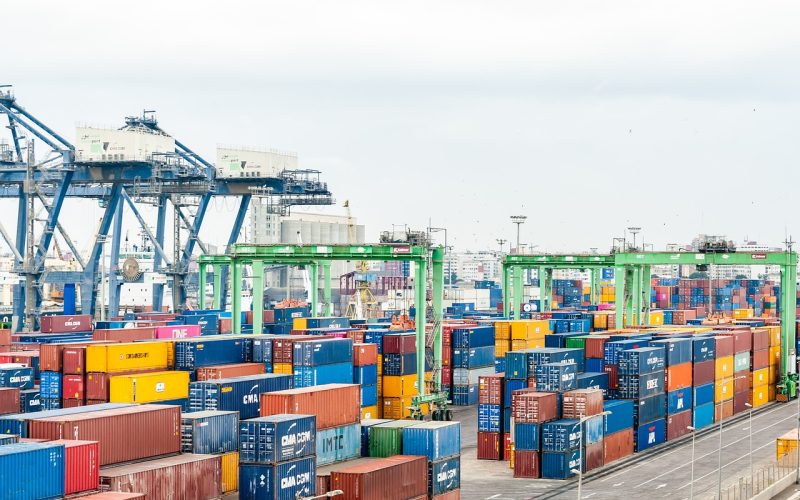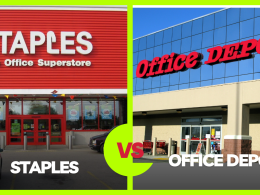The US central bank raised interest rates again as part of its efforts to keep prices stable in the largest economy in the world.
The Federal Reserve said it would raise its key rate by 0.25 percentage points.
After a string of big rate hikes last year, this is the smallest increase since March.
But officials said they didn’t think they were done raising rates, even though there are signs that price growth in the US is slowing.

US Fed adjusts rate hike as inflation slows
The moves of the bank are closely watched all over the world because the US is leading a change after the financial crisis and years of low-interest rates.
On Thursday, both the Bank of England and the European Central Bank are likely to announce rate hikes of their own.
The Fed’s decision to raise rates on Wednesday was not a surprise. It raises the bank’s benchmark rate to between 4.5 and 4.75 percent, which is the highest it has been since 2007.
The Federal Reserve is attempting to reduce inflation by slowing the economy and making borrowing money more expensive.
But the government risks starting a painful recession, in which the economy slows down so much that it forces a lot of people to lose their jobs.
As the US economy slows sharply and industries like housing are hurt by higher borrowing costs, pressure is growing on the bank to slow or stop its campaign of rate hikes.
Recent data show that inflation in the US dropped to 6.5% last month. This has made these voices louder.
Many traders are speculating that this will be the last time the ECB raises rates following this meeting.
But the head of the Federal Reserve, Jerome Powell, said that bank officials are still worried about data that shows the costs of many services, like health care, are rising much faster than the healthy rate of 2%.
He said that the bank would rather raise rates too much than say that the problem is solved too soon.
“The work isn’t done yet,” he said. “Recent changes are good news, but we’ll need a lot more proof before we can be sure that inflation is going to stay low.”
Fed officials said in the statement announcing their decision that they still thought “ongoing” increases were a good idea.
In December, they said that they thought the bank’s benchmark rate could be higher than 5% by the end of 2023.
Mr. Powell wouldn’t say if officials changed their minds, saying that the future was very “uncertain.”
During and after the news conference, stocks went up, and the S&P 500 ended the day up more than 1%.
Jay Bryson, an economist at Wells Fargo, said that the market gains could mean that investors are getting more confident that the central bank will be able to keep prices stable without causing a recession.
But Ronald Temple, the chief market strategist at Lazard, said that if investors get too confident that rate hikes are over, it could make the Fed’s job harder.
Despite the near-record number of job vacancies reported today, he believes markets are still unduly gloomy about how high rates will go and how long they will stay at their current levels.
“The more the markets fight against the Fed, the tighter the rules will have to be to bring inflation under control.”












